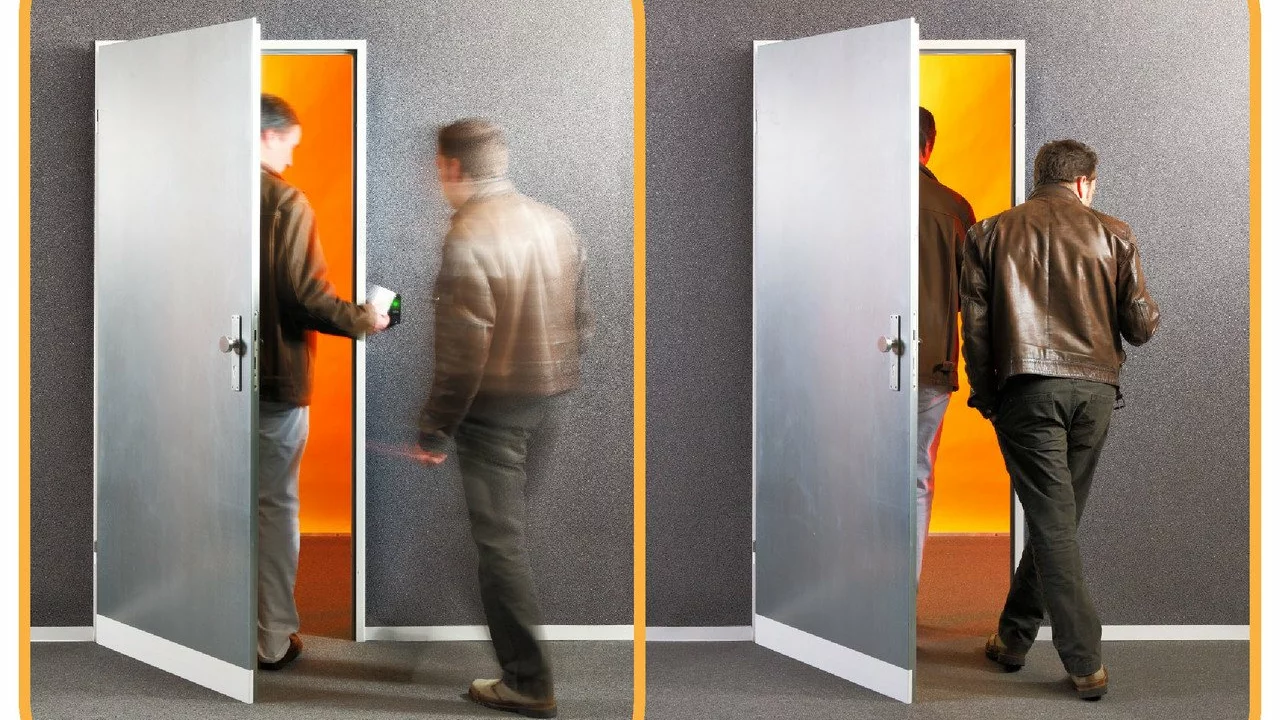Sign Guides for Safe and Sensual Rope Bondage
Ever felt a knot tighten and wondered if you’re crossing a line? Knowing the right signs can turn a risky moment into pure pleasure. On this page we break down the most useful cues—what your partner’s body is telling you, the visual warnings on the rope, and the mental green lights you need before you start.
Reading Your Partner’s Body Language
First off, watch the breath. Shallow, quick breaths usually mean tension or discomfort; deep, steady breaths show relaxation. If you see a clenched jaw or tightened shoulders, that’s a clear sign to pause, ask, and adjust. A quick glance away or a strained smile? Treat it like a stop sign and check in.
Another body cue is muscle tension. When the wrists or ankles feel like they’re about to snap, the nervous system is warning you. Light taps on the skin can test the reaction—if they flinch, ease the pressure. Trusting these signals builds trust and keeps the session fun for both sides.
Visual and Tactile Rope Signals
Rope itself gives off signs. A rope that feels excessively thin at a pressure point may be digging into skin—tighten the knot a little less or add a cushion. If the rope’s color fades or the fibers start to fray, it’s time to replace it. Don’t ignore the “wiggle” test: give the rope a gentle shake; if it loosens unexpectedly, re‑tie using a secure knot.
When you’re using a harness, pay attention to the “pinch” points where rope crosses bone. If the skin turns white or you feel a tingling buzz, that’s a nerve warning sign. Loosen the rope just enough to restore circulation; you should still feel a pleasant stretch, not a cut‑off.
Safety signs also come in the form of a safe word or signal. Some people prefer a word like “red” for stop, while others use a hand signal when their voice is muffled. Make sure the signal is clear and agreed on before you begin, and test it with a quick “ping” to confirm it’s heard.Finally, mental signs matter. If you feel a sudden rush of anxiety, that’s a mental red flag. It’s okay to step back, talk it out, or even end the scene. The best rope play happens when both partners feel secure and excited.
By tuning into these signs—breath, muscle tension, rope feel, visual cues, and agreed‑upon safety signals—you create a playground where adventure and safety coexist. Keep a short checklist handy: breath, skin color, rope integrity, safe word. Run through it before each session, and you’ll notice fewer surprises and more joy.
Ready to try it out? Grab a length of soft jute, run the checklist, and start with a simple wrist tie. Notice the signs, adjust, and watch how quickly the experience improves. Remember, every sign is a guide, not a punishment. Use them to shape the session you both want.
